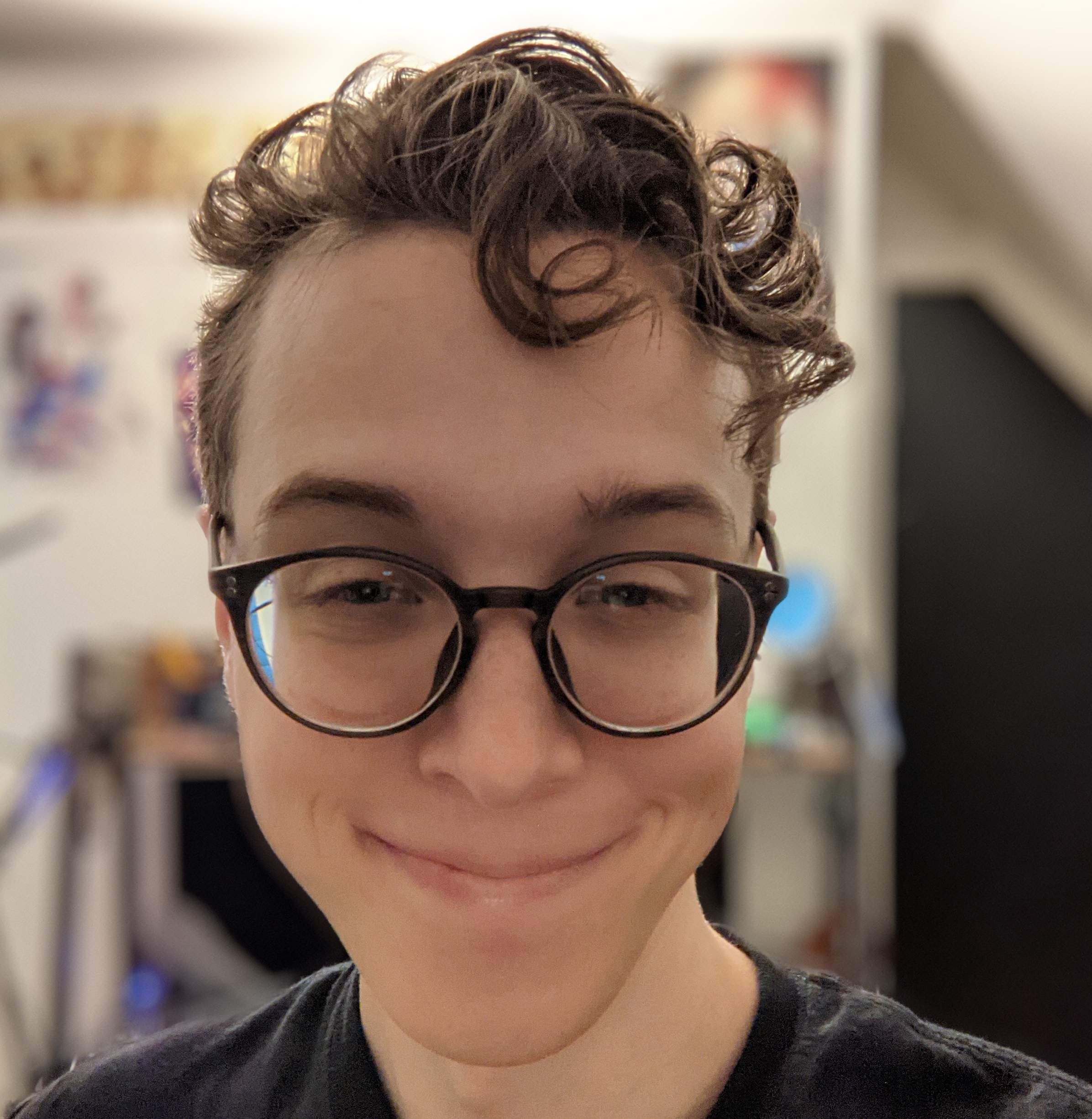Written on May 29, 2020 by Gale Proulx
Category: Personal Writing
Every author has their preference in how to start a book and no preference is objectively better than another. I’m sure there are many great authors who are capable of creating and keeping track of a vast, fantastical world in their head. As I mentioned when I started this project, I am not the type of author that can keep track of everything in their head. I need documentation to keep everything straight. I want to make sure make sure the logic is very solid which is why I am devoting so much time into preparing the world setting before I write in characters and a plot. Luckily, as I planned, I am starting to make the transition from world building into plot development.
Natural Plot Development
I’ve always found it easy to develop a plot in a well established world; in fact, I know of many people who agree with that statement as there is a whole writing community devoted to the concept: fan fiction. When a book series is wildly successful, it is often quite easy to find fans writing sub-stories or continuations surrounding the book they fell in love with. While the quality of fan fiction can obviously vary drastically as people tend to insert their own artistic influence, a lot of fan fiction is impressive. People who normally wouldn’t write a book suddenly have the urge to write chapters of content continuing an already established timeline.
It appears that writing becomes much more natural if you don’t have to make everything up on the fly. Creativity tends to blossom in the right environments. This concept is well known throughout all fields. There’s a reason why programming jobs can have offices that inspire creativity. It is much easier to come up with creative ideas if one’s environment promotes outside thinking. Writing a book in an unfinished basement can provide a lot of hurdles compared to writing on a mountainside.
My goal with this project is to create that writing space that I need for ideas to flourish. While creating this setting is hard, the payoff will be immense when the content starts writing itself. With well established boundaries, it is easy to see where a plot should go, rather than where you want it to go. By having a pre-defined world, it is easier to avoid common pitfalls of uncharacteristically odd situations that might deviate from the general vibe a book gives.
Content Writing Itself
The latter half of this month I have devoted to just creating landmarks. I allowed for this much time to pass because I know how important creating thoughtful landmarks is. When you have an established history attached to physical objects that in turn can be interacted with by a character, there is so much more meaning to storytelling. It is one experience to have the American Civil War explained in a classroom, but it is a completely different experience to touch the weapons used in the war and see the letters written to loved ones. Humans tend to attach memories to physical objects and there is no reason fictional characters should act differently.
Now that landmarks exist in the Unintentional Calamity Universe, the story can write itself. When the protagonist is traveling throughout the world of Domhain, they can learn more about the past by simply bumping into a landmark. I don’t have to create a situation that forces exposition, I can simply surround the reader with mystery that they want to explore. Just telling the reader that the forest is scary is one thing, but actually walking into that forest only to find an extraordinary set of circumstances establishes that forest is scary for a very specific reason.
World Building More than a World
Taking the next steps for this project, it is now necessary to step away from the land and look towards its inhabitants. Creating an interesting landscape is very powerful, as shown in James Cameron’s Avatar movie, but the creatures that live on that land can also tell their own story. It is not enough for a character to live in a vacuum, which is why I will be creating different species.
One of the main challenges I expect to encounter is how to explain new creatures without directly referencing real life creatures. Some notable authors have done a great job at seamlessly doing this. Avatar: The Last Airbender solved this issue by creating only creatures that are combinations of real-life ones. A platypus bear is exactly what it sounds like! Other authors have described features of creatures. Unfortunately, this method isn’t perfect as even Dungeons & Dragons (one of the most popular fantasy frameworks) gives accompanying pictures to describe monsters.
Regardless of the challenges ahead, I know that the efforts I am pursuing now will pay off when I have a world that is already built. All I have to do is write my own fan fiction of my own world.
